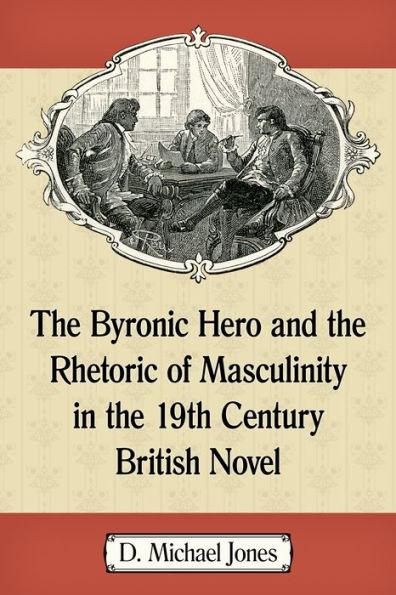From action movies to video games to sports culture, modern masculinity is intrinsically associated with violent competition. This legacy has its roots in the 19th-century Romantic figure of the Byronic hero--the ideal Victorian male: devoted husband, sexual revolutionary and weaponized servant of the state. His silhouette can be traced through the works of authors like Lord Byron, Jane Austen, Sir Arthur Conan Doyle, Rudyard Kipling and Oscar Wilde.
More than a literary genealogy, this history of the Byronic hero and his heirs follows the changes that masculinity has undergone in response to industrial upheaval, the rise of the middle class and the demands of global competition, from the Victorian period through the early 20th century.
From action movies to video games to sports culture, modern masculinity is intrinsically associated with violent competition. This legacy has its roots in the 19th-century Romantic figure of the Byronic hero--the ideal Victorian male: devoted husband, sexual revolutionary and weaponized servant of the state. His silhouette can be traced through the works of authors like Lord Byron, Jane Austen, Sir Arthur Conan Doyle, Rudyard Kipling and Oscar Wilde.
More than a literary genealogy, this history of the Byronic hero and his heirs follows the changes that masculinity has undergone in response to industrial upheaval, the rise of the middle class and the demands of global competition, from the Victorian period through the early 20th century.

The Byronic Hero and the Rhetoric of Masculinity in the 19th Century British Novel
192
The Byronic Hero and the Rhetoric of Masculinity in the 19th Century British Novel
192
Product Details
| ISBN-13: | 9781476627458 |
|---|---|
| Publisher: | McFarland & Company, Inc., Publishers |
| Publication date: | 02/15/2017 |
| Sold by: | Barnes & Noble |
| Format: | eBook |
| Pages: | 192 |
| File size: | 4 MB |
| Age Range: | 18 Years |
